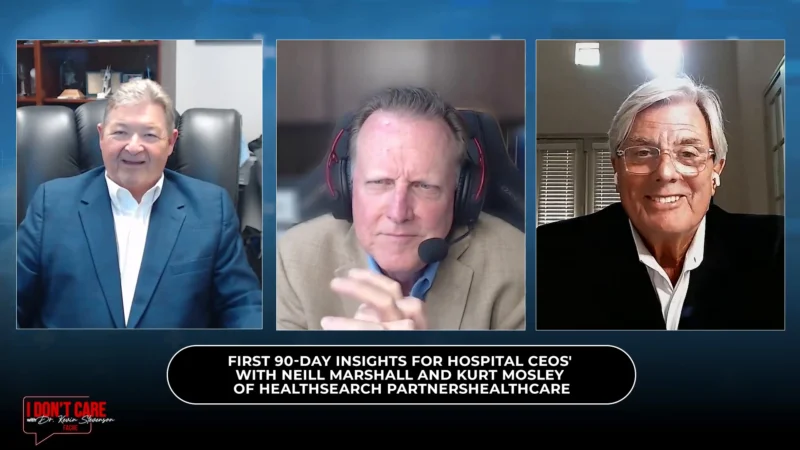Member Recap
In today’s evolving healthcare landscape, collaboration is no longer a luxury—it’s essential. As smaller health organizations face increasing pressure to do more with less, especially in rural communities, the value of smart, strategic partnerships has never been clearer. Working with Panda Health enables lean digital teams to quickly identify, evaluate, and connect with the right vendors—cutting through the noise and accelerating innovation. Instead of issuing blanket RFPs, they gain focused, actionable insights that propel their transformation efforts forward. By helping vendors understand the nuances of rural healthcare, Panda fosters a shared understanding that leads to more impactful, tailored solutions. It’s a model of progress powered by partnership—and one that’s making a real difference where it matters most.




